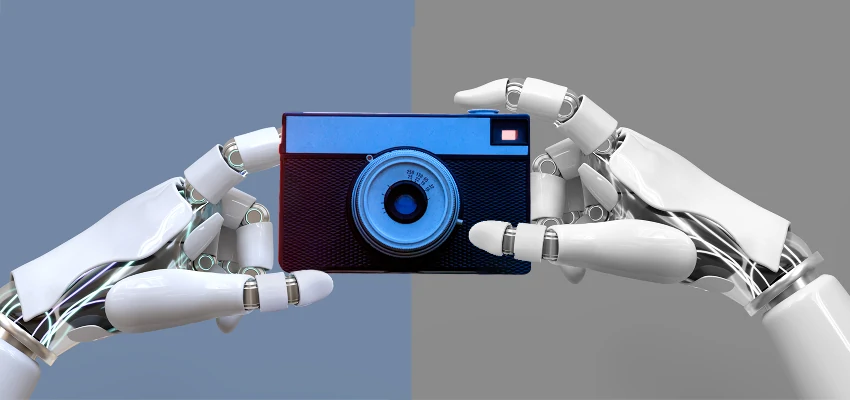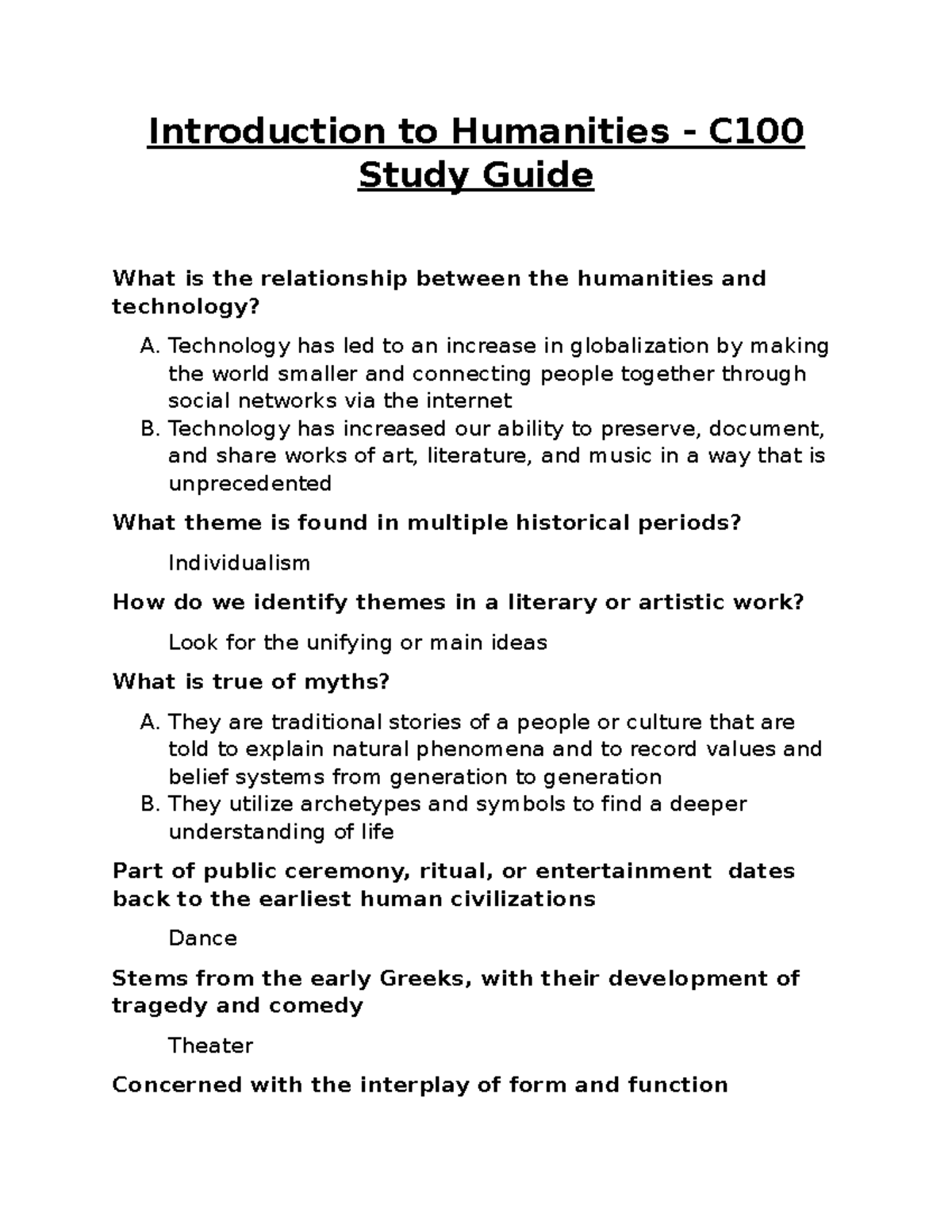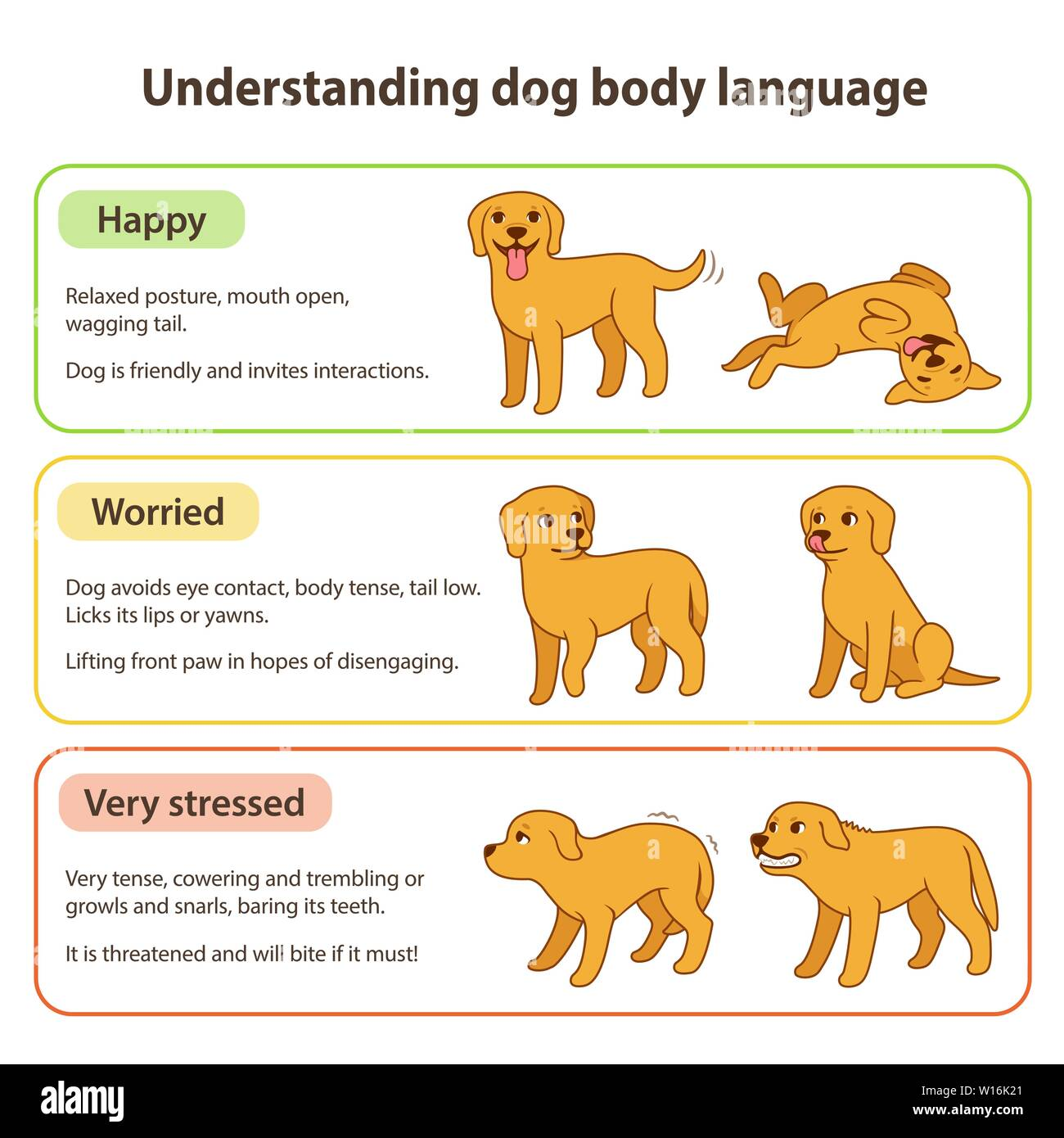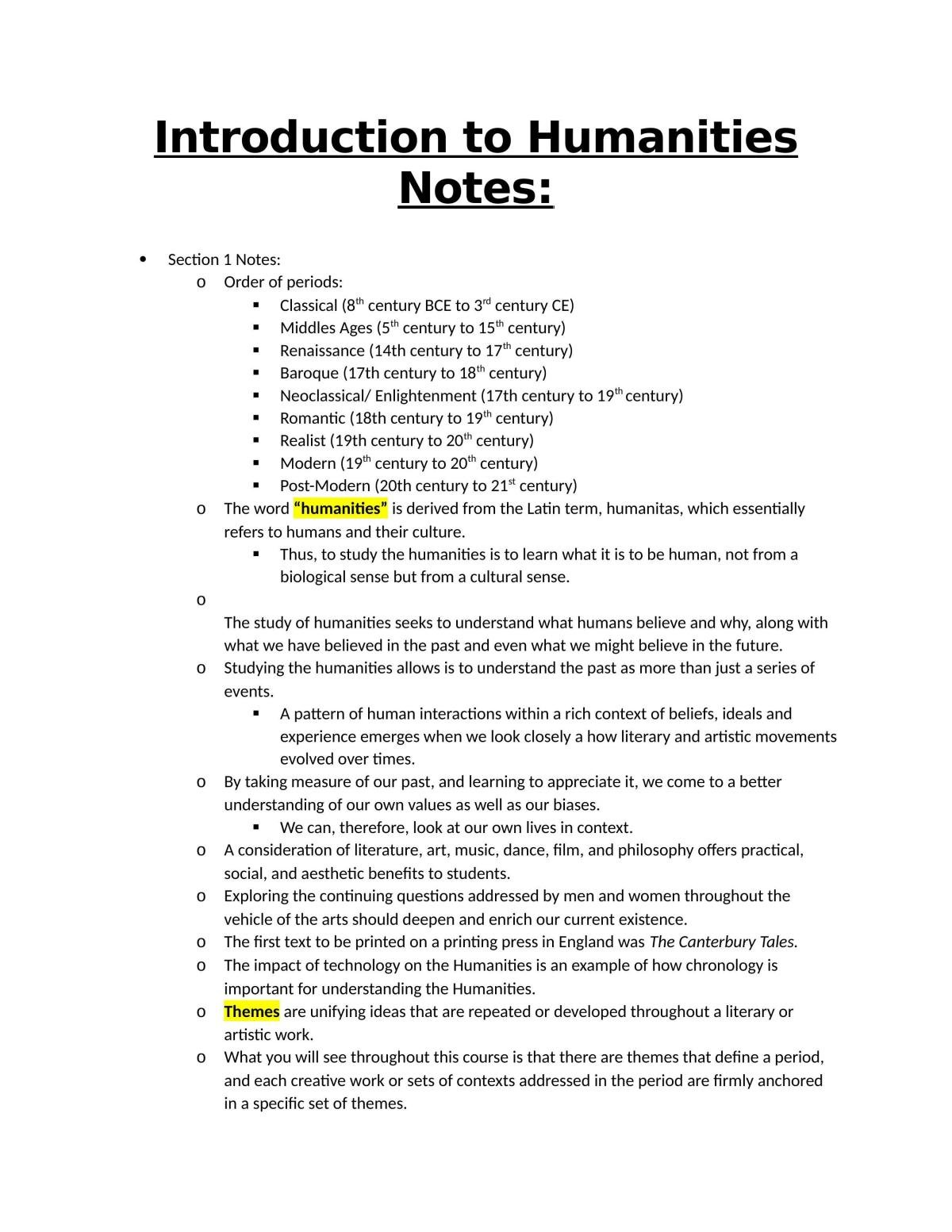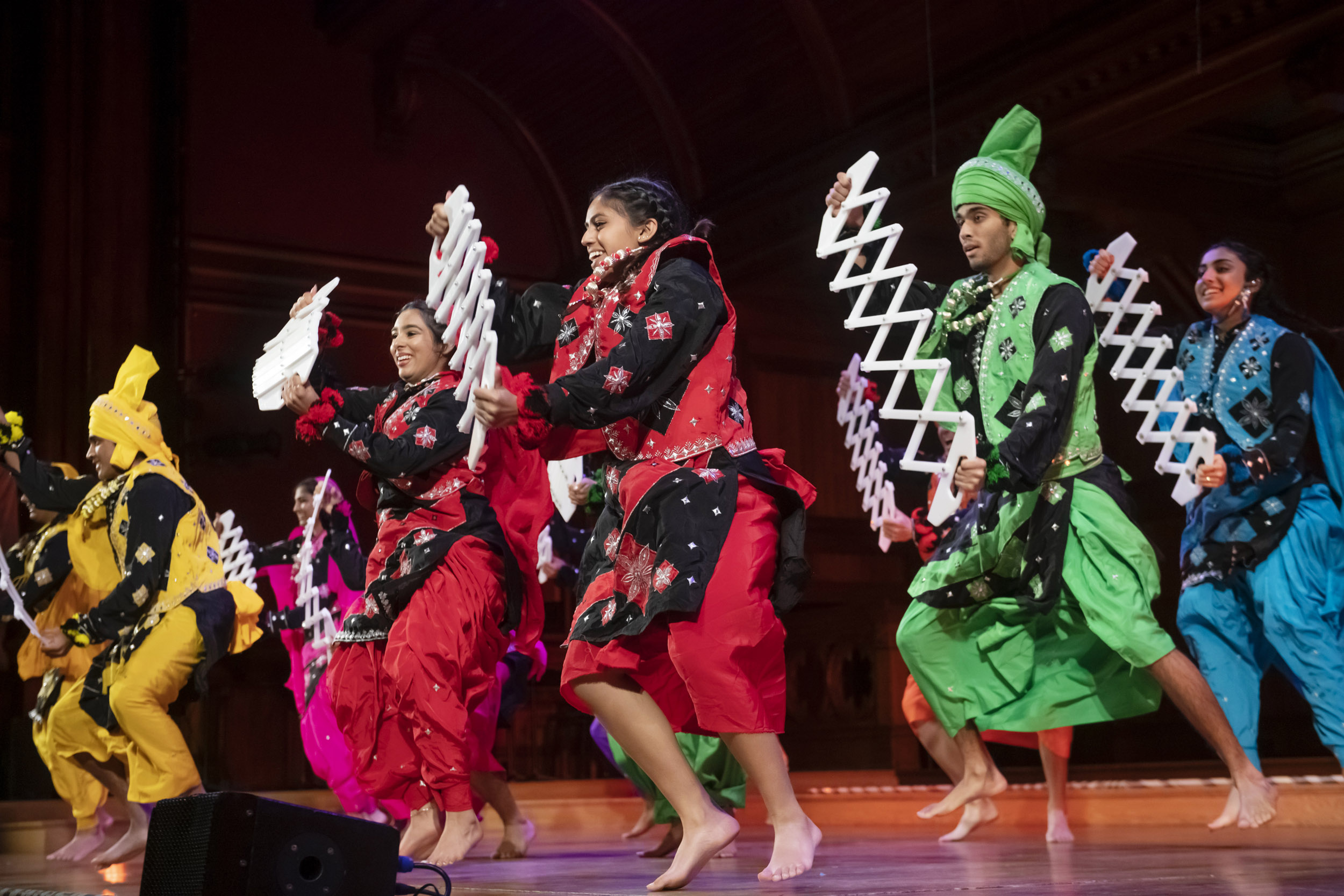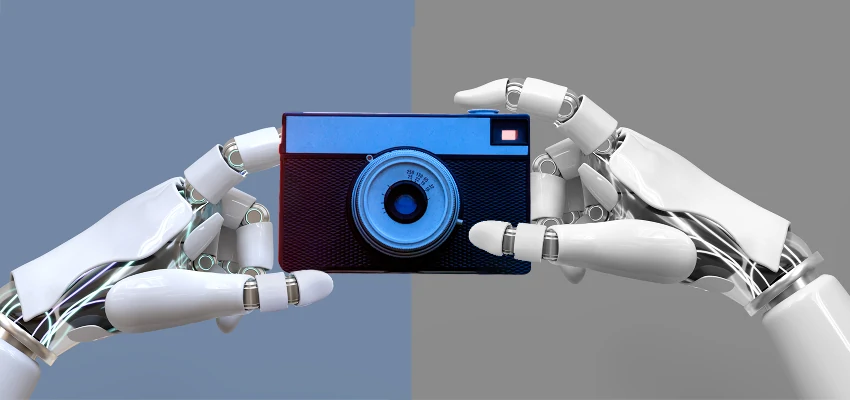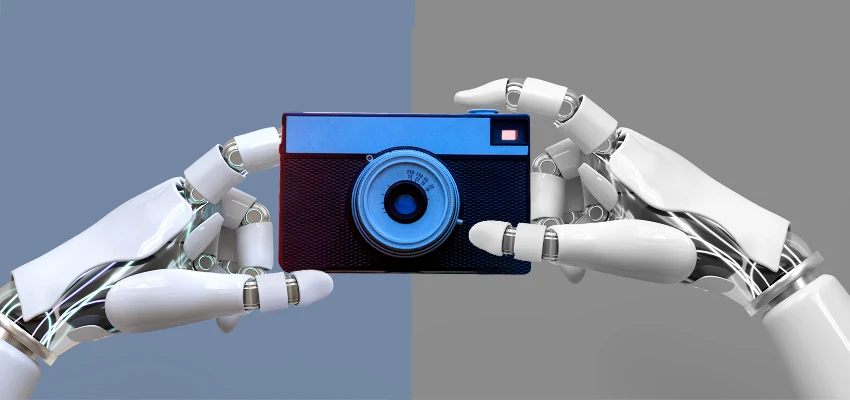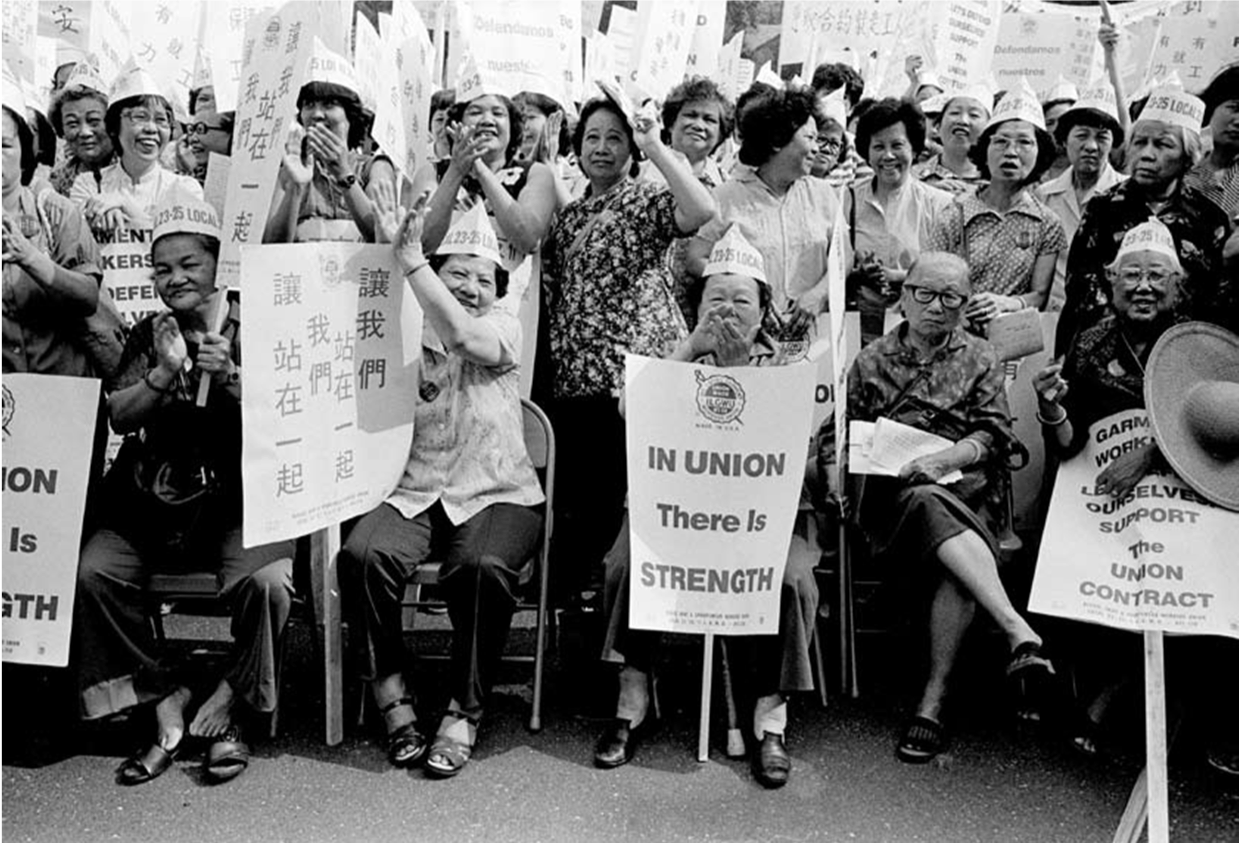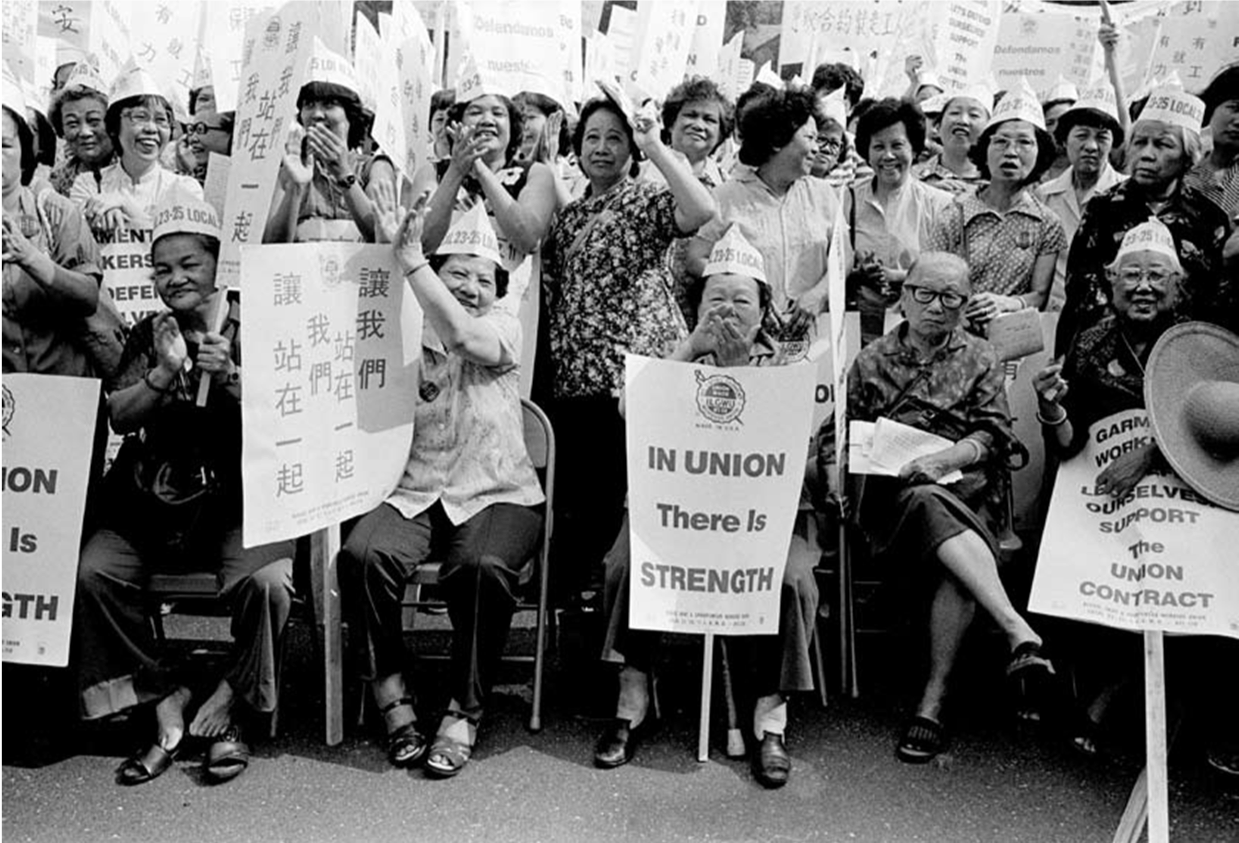AI in photojournalism is revolutionizing the way stories are told through images, offering unprecedented opportunities for preservation and analysis. As artificial intelligence photography continues to evolve, it poses unique solutions to longstanding photojournalism challenges, particularly in preserving visual archives that document critical moments in history. This innovative technology allows for advanced AI image analysis, providing deeper insights into the emotions and narratives captured within photographs. Yet, the rise of AI also raises concerns about copyright and authenticity, pushing photographers to adapt and safeguard their creative outputs. Embracing AI could significantly influence the future of photography, where machine learning tools might help maintain the integrity of visual storytelling while leveraging the full potential of historical archives.
The integration of advanced technologies in visual media is transforming the landscape of photographic journalism, creating exciting avenues for innovation. With the advent of machine learning in photography, many professionals are exploring the impact of these developments on the combating of misinformation and the enhancement of visual storytelling. In a rapidly changing environment, photojournalists are increasingly focused on the preservation of important visual records, leveraging modern tools to navigate the complexities of their craft. As we consider the implications of this technology, it becomes crucial to address ethical concerns while reimagining how stories of our world are documented and experienced. The marriage of artificial intelligence and photojournalism opens doors to a future where the essence of our visual history is not only preserved but also brought to life with greater insight.
The Role of Artificial Intelligence in Photojournalism
Artificial intelligence (AI) is revolutionizing various industries, and photojournalism is no exception. As AI technology continues to advance, it offers both challenges and opportunities for photojournalists. One significant concern is the potential for AI-generated images to blur the lines between reality and fiction, posing threats to the authenticity that is paramount in journalism. However, AI also holds the promise of improving image analysis and archiving, allowing photojournalists to preserve visual narratives and make their work more discoverable. By employing AI in photojournalism, there is a chance to enhance the storytelling aspect of images and ensure that crucial moments from history are not lost to time.
As we delve deeper into the integration of AI into photojournalism, it becomes clear that the technology can assist in preserving the visual integrity of this vital field. By using AI-driven image analysis, photojournalists can effectively catalog and contextualize their archives, making it easier to access and display significant photographs from past events. The challenge lies in ensuring that this technology is used ethically, upholding the fundamental values of truth and authorship. As AI applications become more sophisticated, understanding the legal and ethical implications of using such technology in photojournalism is crucial for safeguarding the profession’s integrity.
Preserving Visual Archives with AI
The preservation of visual archives is a pressing issue in the era of rapid technological advancement. Traditional methods of archiving can often be tedious and inefficient, leaving a vast majority of important photographs unseen and unappreciated. AI has the potential to revolutionize this process by creating more dynamic and immersive archives that reflect the richness of the photographer’s narrative and intent. By leveraging AI tools, photojournalists can enhance their collections, making them more accessible and interactive for future audiences.
One of the significant advantages of integrating AI into visual archives is its ability to organize and analyze large sets of images. With sophisticated algorithms, AI can categorize photographs based on themes and emotional contexts, providing invaluable insights into the stories behind the images. This not only aids in preserving historical records but also ensures that these visual narratives remain relevant and impactful for future generations. As photojournalists face the urgency of documenting their work, AI offers new pathways to maintain these archives amid the growing concerns of misinformation and technological erosion of visual truth.
Navigating Photojournalism Challenges in the AI Era
As the landscape of photojournalism rapidly evolves, professionals in the field are confronted with numerous challenges brought about by the advent of AI. From issues of copyright infringement to the proliferation of fake images, the integrity of photojournalism is under threat. The ability of AI to generate realistic images without direct human involvement raises questions about authorship, ownership, and the core values that underpin journalistic practices. Photographers must adapt to this new reality while ensuring that their creative works remain protected from unauthorized use.
In addition to copyright concerns, the challenge of public trust looms large in the face of AI’s capabilities. The internet is filled with manipulated images that can easily spread misinformation, leading to skepticism about the authenticity of visual content. For photojournalists, maintaining credibility is paramount, and understanding how AI can assist rather than undermine their work is key. Collaborations among technologists, ethicists, and journalists will be essential in navigating these challenges and exploring innovative solutions that align with the fundamental principles of journalism.
The Future of Photography in an AI-Driven World
The future of photography is poised for transformation as artificial intelligence technologies continue to develop. With its ability to analyze and interpret complex visual data, AI can help enhance photographic practices, from improving image quality to automating labor-intensive tasks. However, as photographers incorporate AI into their workflows, they must also remain vigilant about its implications on creativity, ethics, and the very essence of the craft. The intersection of AI and photography presents an opportunity to redefine how photographers create and disseminate their work in a rapidly changing landscape.
As we look ahead, a key question arises: how can photojournalists leverage AI to strengthen their impact without compromising their artistic integrity and values? By embracing AI’s potential to streamline processes and preserve visual legacies, photographers can focus more on storytelling and less on operational challenges. As the industry grapples with the implications of this technology, it is crucial for photographers to lead the conversation, advocating for ethical practices that not only harness the power of AI but also uphold the truth, authorship, and memory that define the art of photography.
AI Image Analysis: A Game Changer for Photojournalism
AI image analysis has emerged as a powerful tool that can significantly enhance the capabilities of photojournalism. The technology is capable of processing vast amounts of visual data, identifying patterns, and extracting contextual information from images with remarkable accuracy. By applying AI to photojournalism, journalists can gain critical insights that may have remained hidden, enriching the narratives captured in photographs. This advancement not only aids in effective storytelling but also provides a deeper understanding of the emotions and messages conveyed through visual media.
Moreover, the integration of AI image analysis can transform how photojournalists approach capturing and curating their work. With AI tools assisting in tasks such as image categorization and emotional assessment, journalists can create more compelling and user-friendly visual narratives. This technology can aid in the preservation of important historical moments while ensuring that the authenticity of interactions with the public remains intact. By embracing AI image analysis, photojournalists are not only improving their craft but also preparing for a future that values both innovation and genuine storytelling.
Addressing Ethical Concerns Around AI in Photojournalism
The application of AI in photojournalism raises significant ethical concerns, particularly regarding the integrity and authenticity of visual content. As AI-generated imagery becomes increasingly sophisticated, the risk of misinformation and misrepresentation grows. Photographers and industry leaders are tasked with establishing ethical guidelines to navigate this evolving landscape, ensuring that AI serves as a tool for enhancement rather than a means of deception. The preservation of visual truth is paramount, as is the protection of individual copyrights against unauthorized use in AI training datasets.
Furthermore, ethical considerations extend to the implications for photojournalists’ careers and livelihoods. The potential for AI to automate certain functions within photography raises questions about job security and the value of human touch in creating visual narratives. To address these concerns, it is essential to foster conversations among stakeholders in the industry, emphasizing the importance of contributing to ethical frameworks that uphold the values of journalism. Striking a balance between innovation and ethical practices will be critical in shaping a future where AI complements rather than compromises the integrity of photojournalism.
The Importance of Collaboration in AI Developments
In the rapidly evolving field of AI, collaboration among various stakeholders is essential to achieve a balanced integration of technology into photojournalism. Engaging with technologists, ethicists, and photographers allows for a multidimensional approach to addressing the complexities that arise from AI’s impact on the profession. This collaborative effort is critical for developing frameworks that prioritize the ethical considerations of AI, ensuring that technology is harnessed responsibly to advance the field of photojournalism.
Collaborative initiatives can lead to the development of tools and guidelines that not only enhance the role of AI in analyzing and preserving visual archives but also reinforce the principles of truth, integrity, and authorship in photojournalism. Such partnerships encourage ongoing dialogue about the future of photography, fostering innovation while maintaining a commitment to the ethical standards integral to the profession. By working together, stakeholders can pave the way for a future where AI complements the artistry and authenticity of photojournalism, rather than undermining it.
AI as a Tool for Enhancing Storytelling
As photojournalism navigates the complexities of the AI revolution, the potential of AI as a storytelling enhancement tool cannot be overlooked. With the capability to analyze large volumes of images, AI can reveal underlying stories and contexts that might elude the human eye. By employing AI in the storytelling process, photojournalists can enrich their narratives, ultimately delivering more profound and impactful visual experiences to their audiences. This integration of technology allows for innovative storytelling techniques that can engage viewers on multiple levels.
Moreover, using AI to support storytelling in photojournalism reflects a shift towards more interactive and engaging content. Tools that incorporate machine learning and image recognition can guide viewers through a more comprehensive understanding of the subjects and scenes depicted in photographs. As photojournalists explore the bounds of AI’s capabilities, they can harness its powers to create visuals that resonate deeply, ensuring that the stories behind the images are celebrated and remembered in meaningful ways.
Future Directions: Shaping Photography with AI
The future of photography is being shaped by advancements in AI technology, which presents both exciting possibilities and critical challenges for industry professionals. As we move forward, it is essential for photographers to explore innovative ways of integrating AI that uphold the core values of the profession. This exploration entails not only understanding AI’s capabilities but also its limitations, as well as its potential impact on visual storytelling, archiving, and community engagement.
As photography evolves, there is an opportunity for professionals to redefine their role in the face of AI. Photographers must remain proactive, seeking to educate themselves about emerging technologies and advocating for best practices that protect the integrity of their work. The future direction of photography will depend on whether industry leaders embrace AI as a partner in the creative process and commit to shaping the narrative around technology’s role in the art of capturing the human experience.
Frequently Asked Questions
How does AI influence the future of photojournalism?
AI is set to significantly reshape photojournalism by enhancing image analysis, improving the efficiency of archiving visual content, and enabling photojournalists to document stories with greater depth. As AI tools evolve, they assist in preserving visual records that showcase historical contexts while confronting challenges like misinformation and copyright issues.
What are the challenges of AI in preserving visual archives for photojournalism?
AI faces challenges in preserving visual archives for photojournalism, primarily concerning copyright violations and ethical usage. While AI can help organize and catalog vast collections of images, ensuring that these tools operate without exploiting photographers’ rights is crucial for maintaining trust in the authenticity of visual journalism.
Can AI image analysis enhance storytelling in photojournalism?
Yes, AI image analysis can enhance storytelling in photojournalism by interpreting complex visuals and extracting nuanced insights from images. This capability allows photojournalists to convey deeper narratives, as AI can identify emotions, context, and symbolic elements that add richness to the storytelling process.
What role does AI play in addressing photojournalism challenges?
AI plays a pivotal role in addressing photojournalism challenges by facilitating the preservation of archives and improving cataloging processes. By systematically analyzing images, AI helps photojournalists manage their collections, ensuring that significant visual histories are accessible and protected against loss or distortion.
How can artificial intelligence photography impact the perception of visual truth?
Artificial intelligence photography can impact the perception of visual truth by creating hyper-realistic images that blur the lines between reality and fabrication. While this poses risks for public trust in journalism, responsible use of AI focused on preserving authentic photojournalism can help reinforce the integrity of visual narratives.
What ethical considerations arise with the use of AI in photojournalism?
The ethical considerations with AI in photojournalism primarily revolve around copyright and the potential misuse of images for training AI models. Upholding photographers’ rights and ensuring that AI aids in preserving and promoting their work rather than eroding trust or misrepresenting visual truths is essential.
Where do the future opportunities lie for AI in photojournalism?
Future opportunities for AI in photojournalism lie in enhancing collaboration between technology and visual storytellers. Innovations in AI can support photographers in managing their archives, analyzing complex narratives, and ultimately preserving a legacy of authentic visual history that stands against the backdrop of evolving media landscapes.
| Key Points | Description |
|---|---|
| AI’s Impact | AI poses threats like misinformation and copyright issues, yet also offers opportunities for photojournalism. |
| Kira Pollack’s Perspective | AI can help preserve the archive of photojournalism, assisting in preserving historical visual records amid AI’s rise. |
| Challenges in Photojournalism | The vast majority of images taken by photojournalists remain unpublished and at risk of being lost. |
| AI as a Preservation Tool | AI could help catalog and organize vast collections of images, making them more accessible and preserving their integrity. |
| Ethics and Trust | There is a need to ensure AI is used ethically and doesn’t create mistrust in visual credibility. |
| Vision for the Future | Pollack aims to navigate the technology’s potential while maintaining the core values of truth and memory in photography. |
Summary
AI in photojournalism represents both a challenge and an opportunity for the future of the craft. With the increasing capability of artificial intelligence to influence and even create images, it is crucial for photojournalists to harness this technology responsibly. Kira Pollack emphasizes the importance of preserving the integrity and legacy of photographic archives while exploring AI’s potential to aid in documentation. As photojournalism grapples with the evolution of visual storytelling, employing AI ethically can enhance access to authentic narratives, ensuring that the rich history of our world is preserved for future generations.

